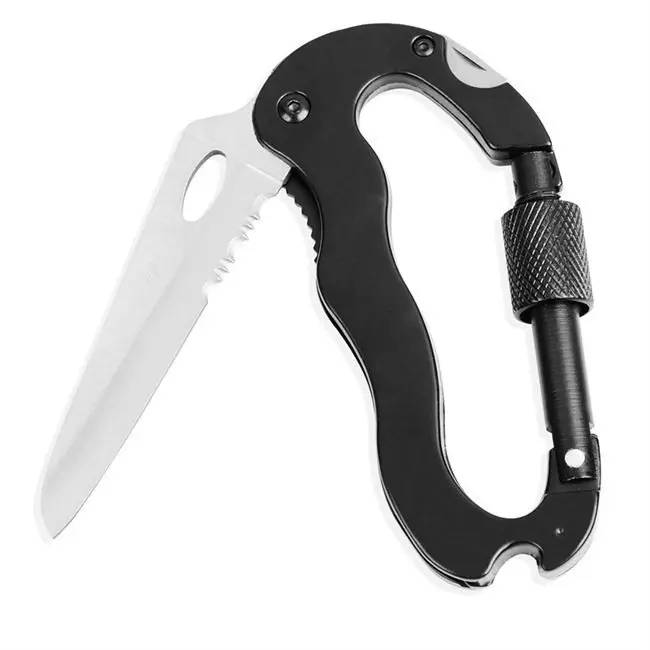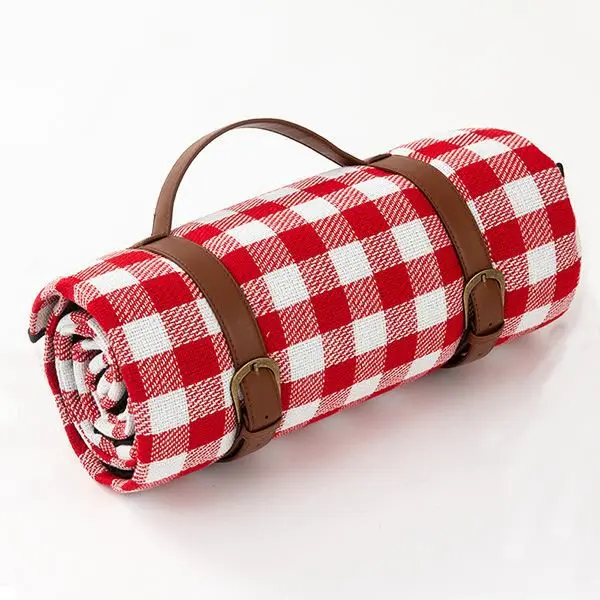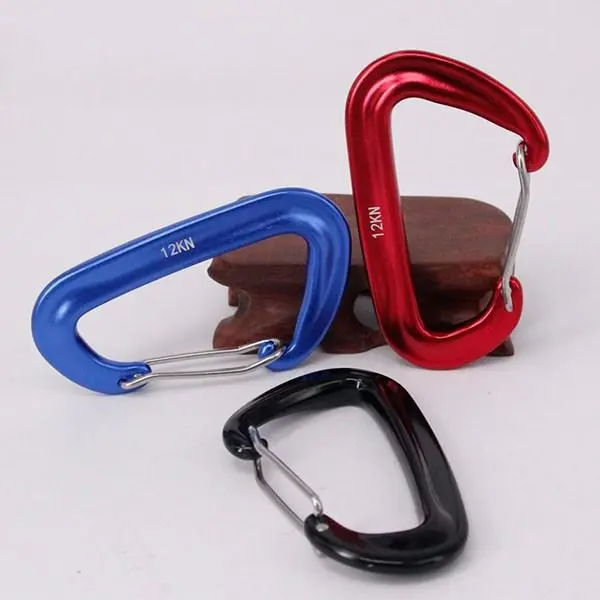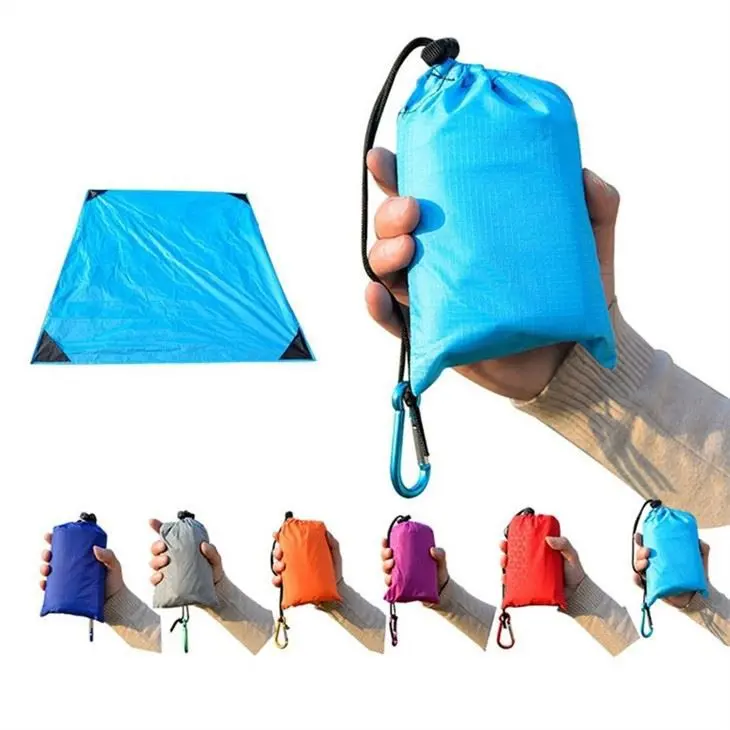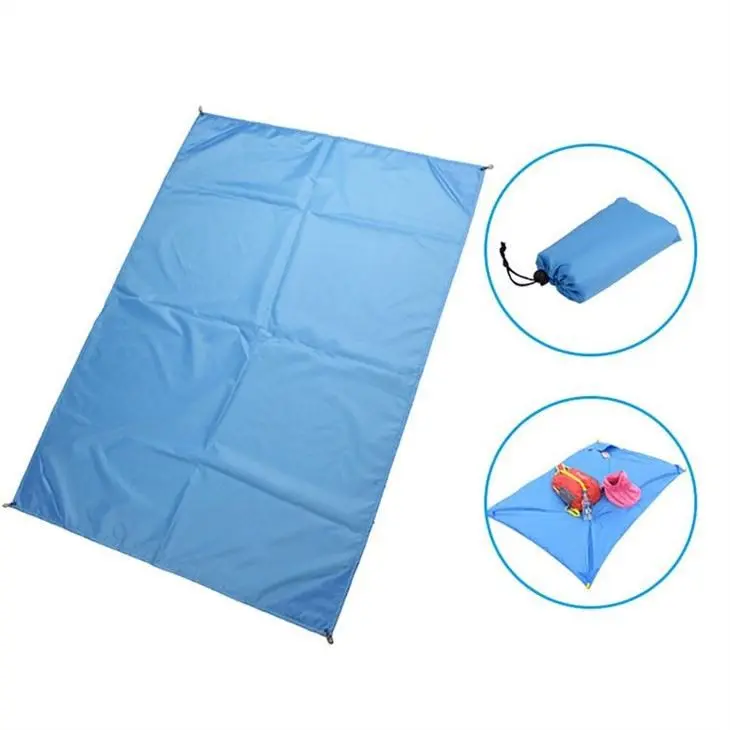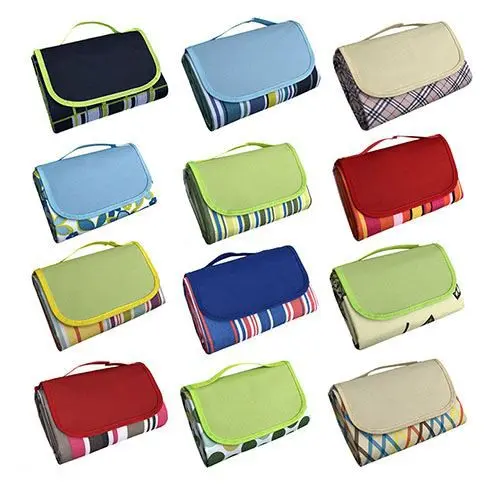A wide variety of sleeping bags that are really useful
A sleeping bag is an essential piece of equipment when camping and traveling outdoors. There are many types of sleeping bags, suitable for different purposes and each with its own characteristics. According to different uses, sleeping bags are generally divided into two categories. The first type of sleeping bag is thin and is used for general travel or camping. These sleeping bags are mostly used in spring, summer and autumn. There is also a type of sleeping bag used in colder environments and even some adventure activities. This type of sleeping bag is generally called a professional sleeping bag.

Types of sleeping bags
1. Classify according to shape
According to the shape classification, there are three main types of sleeping bags: envelope type, mummy type (also called mommy type) and hybrid type.
Envelope sleeping bag, also called rectangular sleeping bag, is mainly used for summer travel. The zipper runs through one side and the bottom, so that when the zipper is fully opened, it can be opened into a quilt. The advantage is that it is more spacious and more comfortable to sleep on, but its warmth retention is much worse than that of the mummy type. The original intention of this type of sleeping bag is to meet people's requirements for outdoor camping comfort to the greatest extent. The result is that it inevitably leads to more heat loss. Envelope sleeping bags generally do not have a dedicated head pocket.
(2) Mummy sleeping bag. This kind of sleeping bag is narrow at the feet, then widens upwards to the shoulders, and finally has a tightened headband above the shoulders. The zipper generally only occupies more than half of the side, and the head can be tightly wrapped to prevent cold wind from blowing.
The advantage of the mummy-shaped sleeping bag is that it keeps warm better, but the disadvantage is that it is inconvenient to open the sleeping bag as a quilt cover when it is hot or when staying in a hotel. You cannot turn over when sleeping in a mummy-shaped bag, so it is not comfortable for tall people. Considering that people's feet are most likely to feel cold when sleeping, some mummy-shaped sleeping bags are particularly thickened at the bottom, and some styles are also designed with thickened foot pads.
The mummy sleeping bag has the smallest weight and volume compared to other sleeping bags at the same temperature level
Hybrid sleeping bag, also called semi-rectangular sleeping bag. It is roomier than the mummy type and smaller than the envelope type, so it is a better compromise. Most of the products of professional outdoor product manufacturers are mummy type, and only a few manufacturers provide hybrid types.

2. Classification according to material
According to material classification, sleeping bags can be divided into down sleeping bags, synthetic fiber sleeping bags and fleece sleeping bags.
(1) Down sleeping bag. The material of down can be divided into white goose down, white duck down, gray down, waterfowl down, etc. Warmth per unit weight is the most effective. Down sleeping bags are warmer, easy to squeeze, easy to maintain their original shape, and have a long service life. The only disadvantage is that they are expensive.
(2) Synthetic fiber sleeping bags. Synthetic fiber has better moisture resistance, and the sleeping bag can still maintain warmth when wet. It dries quickly and is low-priced. However, it is slightly heavier than down sleeping bags of the same level and is difficult to squeeze and fill. It will take up a larger space in the backpack and has a longer service life. Shorter.
Fleece sleeping bag. Sewn from fleece, it can be used as a summer or hygienic sleeping bag on its own. It can also be used with other sleeping bags in winter to enhance the thermal insulation effect. An ordinary sleeping bag plus a fleece sleeping bag can provide the same thermal insulation effect as a professional sleeping bag.

3. Classify according to usage
According to different uses, sleeping bags can be divided into two major categories.
(1) Ordinary sleeping bag. This type of sleeping bag is thin and is used for general travel or camping. It is mostly used in spring, summer and autumn.
(2) Professional sleeping bag. This type of sleeping bag is used in colder environments and even some adventure activities, and is generally called a professional sleeping bag.
Regular sleeping bags are relatively cheap and versatile. Professional sleeping bags are very sophisticated in design and materials, and their prices are relatively high. But if you are camping in winter or traveling to high-altitude areas, you will not be able to do without a professional sleeping bag.
Sleeping bag use and care
The principles of use and maintenance of sleeping bags are generally fire prevention, lake prevention, hygiene, etc. It is forbidden to smoke in the tent and stay away from campfires; if the sleeping bag gets damp, it should be dried in the sun or dried over a distant fire. Sleeping bags are personal items, so generally do not lend them to others to prevent the spread of diseases. It should be dried in time after each use to sterilize it. When not in use, it should be kept in a fluffy state, not compressed, and dried regularly. If the sleeping bag is dirty, it is best to send it to a dry cleaner for dry cleaning rather than washing it in a washing machine.
1. Avoid wind and moisture
Outdoors, a windproof tent can provide a warm sleeping environment. When choosing a campsite, don’t choose the bottom of a valley, where cold air gathers, and try to avoid ridges or valleys that are subject to strong winds. A good moisture-proof pad can effectively separate the sleeping bag from the cold and wet ground, and inflatable ones are even better. On snow, two ordinary moisture-proof mats are required.
2. Keep your sleeping bag dry
The moisture absorbed by the sleeping bag does not mainly come from the outside world, but from the human body. Even in extremely cold conditions, the body still excretes at least a small cup of water during sleep. When the insulation cotton gets wet, it will stick to each other and lose its elasticity, and its thermal insulation capacity will decrease. If the sleeping bag is used for many days, it is best to dry it in the sun. Cleaning your sleeping bag regularly will keep the insulation flexible.
3. Wear more clothes
Some softer items of clothing can double as padded pajamas. Filling the gap between the person and the sleeping bag can also enhance the warmth of the sleeping bag.
4. Warm up before going to bed
The human body is the source of heat for the sleeping bag. If you do a short warm-up exercise or drink a hot drink before going to bed, your body temperature will slightly increase and help shorten the warming time of the sleeping bag.

